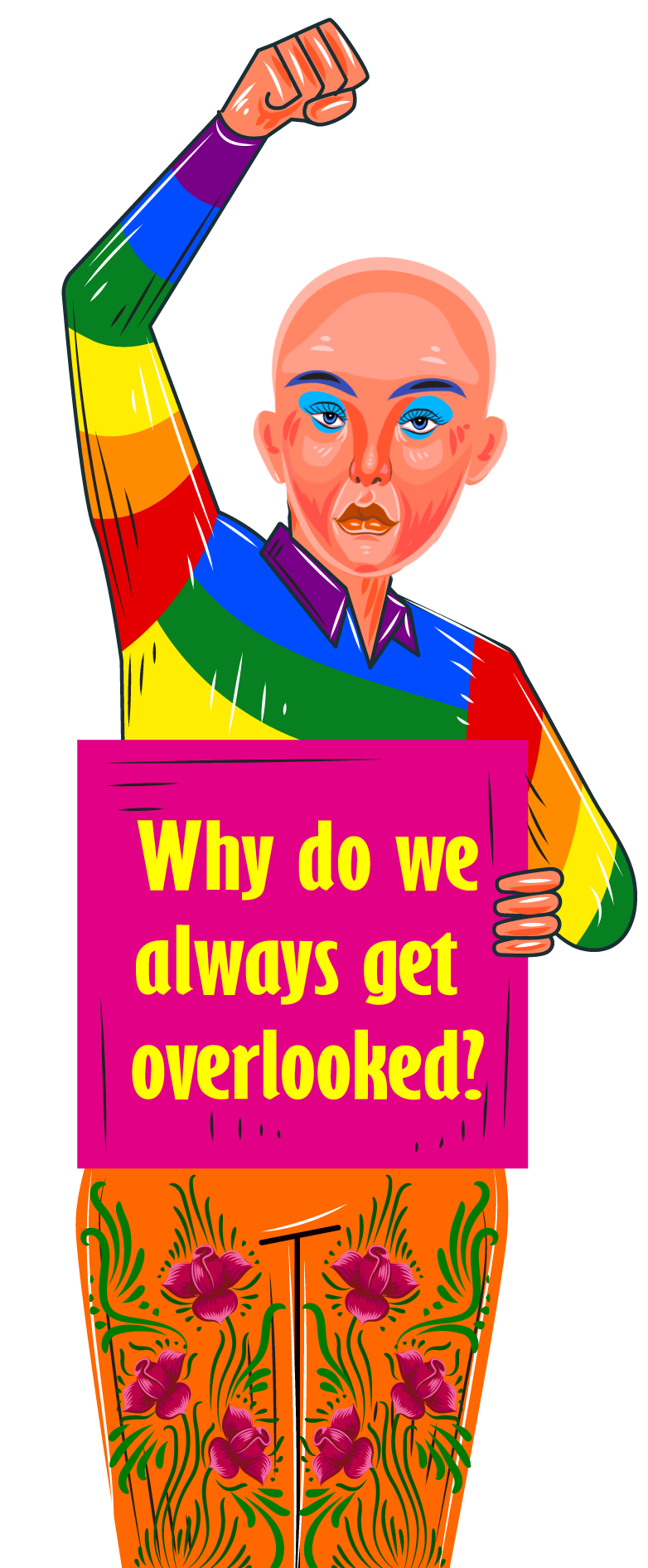As conversations about sexual orientation and gender identity become more inclusive and nuanced, it’s important to recognize and validate the diverse experiences that individuals have when it comes to their sexuality. Asexual individuals, in particular, have often been overlooked or misunderstood in discussions about sexual experiences. One area of curiosity that arises in these conversations is the concept of “night falls” or nocturnal emissions in relation to asexuality. In this article, we delve into the complexities of asexuality, debunk myths, and explore whether asexual individuals experience “night falls.”
The Spectrum of Attraction: Beyond Binaries
The interplay between romantic and sexual attraction adds another layer of complexity to the exploration of sexual orientation. Often, these attractions do not neatly align along traditional gender lines. The phenomenon of “mixed orientation” or “cross orientation” highlights that one’s romantic and sexual attractions can be directed toward different genders, encompassing a wide range of possibilities.
As individuals navigate their feelings and experiences, it’s essential to embrace the fluidity of human attraction. The existence of mixed orientation attractions underscores that one’s identity cannot be strictly confined to preconceived categories. Instead, it evolves and expands as people learn more about themselves and the world around them.
The Enigmatic Night Fall: Unveiling the Dreamscapes
It’s often said that dreams are the windows to the subconscious, and they can sometimes stir up emotions and questions that were dormant in our waking lives. The phenomenon known as “Night Fall” introduces an intriguing concept: the possibility that a sexual dream might unveil hidden dimensions of one’s sexual orientation. However, it’s important to approach this idea with a dose of caution. Sexual dreams, while they can evoke strong feelings, are not definitive indicators of one’s sexual orientation. Attraction is a complex interplay of emotional, psychological, and physiological factors, and a single dream cannot encapsulate this intricate tapestry.
In a world where societal expectations and norms play a significant role in shaping our understanding of sexual orientation, it’s crucial to recognize that dreams, thoughts, or attractions are just pieces of a larger puzzle. True self-discovery involves introspection, reflection, and embracing the fluidity of human sexuality.
Asexuality: Embracing Diverse Attractions
Asexuality is a sexual orientation that has gained increasing recognition and understanding over the past few decades. Contrary to the societal assumption that sexual attraction is a universal experience, asexual individuals may not experience sexual attraction at all. This orientation challenges conventional norms by highlighting that a lack of sexual attraction is just as valid as experiencing it.
The systematic review of asexuality sheds light on the complexity of asexual individuals’ experiences. A key takeaway from this review is that asexuality is not a monolithic identity. Asexual individuals demonstrate a wide range of behaviors, psychological processes, and relationship dynamics. From varying types of interpersonal relationships to diverse romantic inclinations, asexuality defies easy categorization. The review also dispels the notion that asexuals suffer from impaired sexual functioning, highlighting the importance of nuanced understanding beyond traditional viewpoints.
However, it’s crucial to note that research in this area still faces limitations, particularly in terms of geographic and cultural diversity in the study samples. Proper representation of asexuality demands a broader spectrum of voices, allowing for a more comprehensive understanding of the orientation.
Patterns of Behavior and Psychological Processes
Research into asexuality has gained momentum over the past few decades, shedding light on the diverse patterns of behavior and psychological processes within the asexual community. However, these patterns have yet to be fully systematized, and studies have been hindered by limited geographic and cultural diversity in their samples. It’s vital to consider asexuality through the lens of asexual individuals themselves, rather than using heteronormativity as the basis for assessment.
Current findings underscore the heterogeneity among asexuals in terms of sexual behaviors and psychological processes related to sexuality. Asexual individuals can have varying experiences with interpersonal and romantic relationships, sexual attitudes, and fantasies. Contrary to misconceptions, data do not support the notion that asexuals experience impaired sexual functioning. This nuanced perspective challenges preconceived notions and emphasizes the importance of recognizing diverse expressions of human sexuality.
Deconstructing “Night Fall” in Asexuality
The inquiry into whether asexual individuals experience “night fall” raises intriguing questions about the interplay between physical responses and emotional attraction. The occurrence of nocturnal emissions might be attributed to physiological mechanisms unrelated to conscious sexual desire. Just as sexual dreams can manifest in individuals who do not identify as asexual, these experiences don’t necessarily reflect one’s orientation.
It’s worth remembering that asexuality doesn’t equate to an absence of sexual experiences altogether. Asexual individuals might engage in sexual activities for a variety of reasons, such as bonding with a partner or exploring their own bodies. Their motivation may be more emotionally or intellectually driven rather than rooted in sexual attraction.
Embracing a Nuanced Understanding
The intricate tapestry of human sexuality demands an open-minded approach that appreciates its intricacies. Asexuality challenges us to rethink the assumptions we hold about attraction and desire. As discussions around sexuality become more inclusive, it’s crucial to provide accurate information and support for individuals who identify as asexual.
Exploring the concept of “night fall” within the context of asexuality ultimately underscores the importance of understanding sexuality as a multifaceted and fluid aspect of human identity. As we continue to research and discuss asexuality, we contribute to a more comprehensive understanding of human diversity and pave the way for a more inclusive society.
About The Author
The Asian Network of A-Spec Queer Activists (ANOAQA) is an online platform dedicated to amplifying Aro-Ace queer narratives, highlighting diverse queer artistic expressions, and publishing insightful articles aimed at fostering A-Spec awareness and sensibility among Asian youth. It seeks to be a comprehensive resource on issues affecting asexual and aromantic queer communities across Asia, including addressing hate crimes and discrimination.






